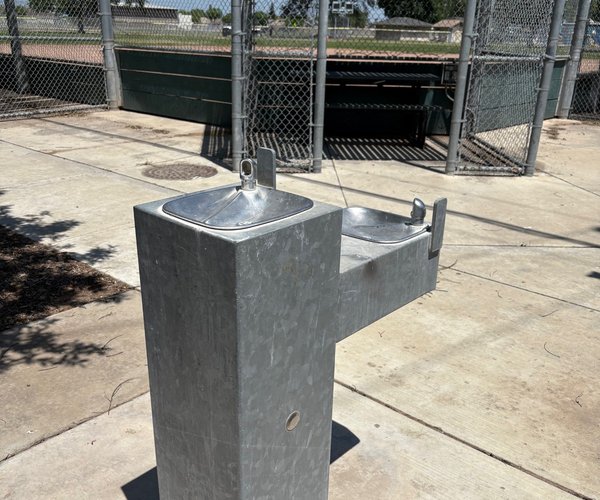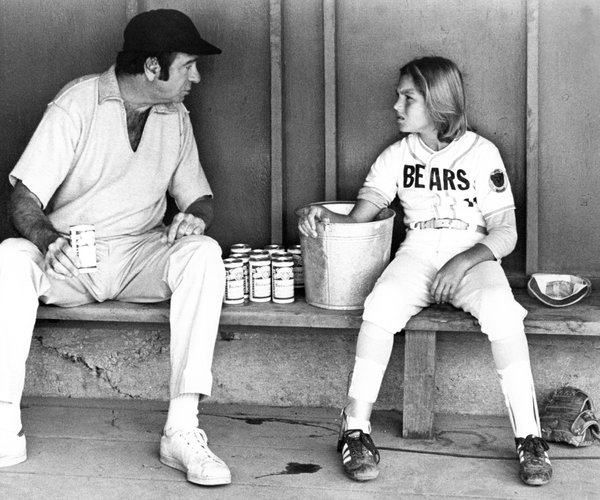A squeeze to my knee.
Pulsating images on a monitor.
A Kaiser ultrasound technician was doing what the doctor ordered on Thursday.
But it was not one of the outcomes I speculated when I let my mind run wild after it was pointed out to me three weeks prior that my right ankle was swollen.
I felt no pain.
The swelling though was significant.
It also came with a rash above it on the inside of my leg.
Given this is 2024 and not 1870 when doctors made house calls, I used my iPhone to snap a few photos and uploaded them in a Kaiser app on a late Saturday afternoon following a phone consultation.
I was in the X-Ray department of Kaiser’s Manteca medical clinic within an hour.
A short time later I got a call back from the physician doing e-doctor consultations.
The X-ray seemed to show I might have an ankle fracture.
There was also a concern it could be a vein issue.
I was told to buy a pair of medical grade compression socks and was prescribed hydrocortisone cream.
I was scheduled to see a podiatrist at the Stockton Kaiser six days later.
I also was advised to schedule an ultrasound.
The cream did not do a thing except burn.
The compression sock helped reduce the swelling.
The podiatrist, after doing her best to inflict pain, concluded I did not have a fracture.
She noted from the x-rays it did appear that a tiny chip of a bone may be floating around and that it should be monitored.
Just over three weeks later, I was having the ultrasound done at the Stockton Kaiser facility.
The doctor had ordered scans of both legs.
I had been advised this would take close to an hour.
The technician four minutes in said he was stopping the procedure.
He had found a blood clot behind my knee.
He then checked my left leg.
There he found another blood clot that was somewhat smaller.
The technician said I needed to go immediately to a Kaiser emergency room if he was unsuccessful at reaching my primary physician.
An hour later I had blood work done and was picking up a blood thinner medicine for the first three weeks of what will be a long drawn out process to make a determination.
That determination is whether I will spend months on blood thinners or whether I’d be taking them for the rest of my life.
Blood clots weren’t something on my radar of health concerns.
The Centers for Disease Control indicates 900,000 people a year become inflicted with venous thromboembolism.
I didn’t realize there was an even more sinister name for a blood clot.
The kicker was the CDC reports 60,000 to 100,000 people a year die from blood clots.
Sudden death, by the way, is the first symptom that 25 percent of the people who die from blood clots have.
Blood clots per se don’t make the Top 10 death list compiled by the CDC.
That’s because it is a triggering factor that leads to death in cases such as heart attacks and strokes.
I was peppered with the usual questions given it had been decades since I had a surgery and had never been hospitalized per se. Both situations apparently are high up on the list of blood clot causes.
No recent injuries. No family history.
I was asked if I had COVID at one point.
That struck me as strange.
I’ve never had COVID, at least to my knowledge.
As it was pointed out, people could have had COVID and not had symptoms.
Such is the case, I was told, with blood clots
Research shows having contracted COVID roughly doubles the risk of blood clots.
So I was lucky my ankle swelled.
And given I hadn’t really given it much attention due to the lack of pain, at least for me anyway, I was lucky someone pointed it out.
I realize there is a never-ending debate about the state of health care, but we should feel lucky we live in 2024.
Go back a hundred years, or even less, and there is no way a diagnosis and immediate treatment for a wide array of ills and issues would have incurred as fast.
The deal sealer for me was the ultrasound.
The technician was able to point it out in real time on the monitor while he squeezed my leg.
Seeing, as they say, is believing.
Even though it was repeatedly emphasized blood clots can be a life threatening situation, my apprehension level plummeted to almost nothing.
Knowing what you are dealing with helps a lot.
And considering how intricate and complex the human body is as well as various diseases and issues that can undermine its functions, that is not easy to do.
Admittedly, the e-consultation process has a lot with deflating anxiety.
It is accessible 24/7.
Short of the physician doing in-person gouging and poking, the advent of smartphones for photos plus providing requested observation helps get you into the ballpark or told to go to an emergency room.
As such, it reduces the timeframe to start addressing issues by trying to first schedule an initial appointment.
An appointment that can expose you to a waiting room of others that may have communicable diseases.
The experience also underscored how closed health care models are seamless.
Clearly, I would prefer not to have blood clots.
The knowledge, however, that it can be treated and that I can do my normal activities such as exercise that is a good thing to do in my case — physically regarding blood clots and mentally regarding my personal well-being is major.
The only real negative is I can’t donate platelets every two to three weeks I’ve done for the past 21 years as long as I’m on blood thinners for the obvious reasons.
It’s a far better outcome than discovering you have blood clots the hard way.
This column is the opinion of editor, Dennis Wyatt, and does not necessarily represent the opinions of The Bulletin or 209 Multimedia. He can be reached at dwyatt@mantecabulletin.com






